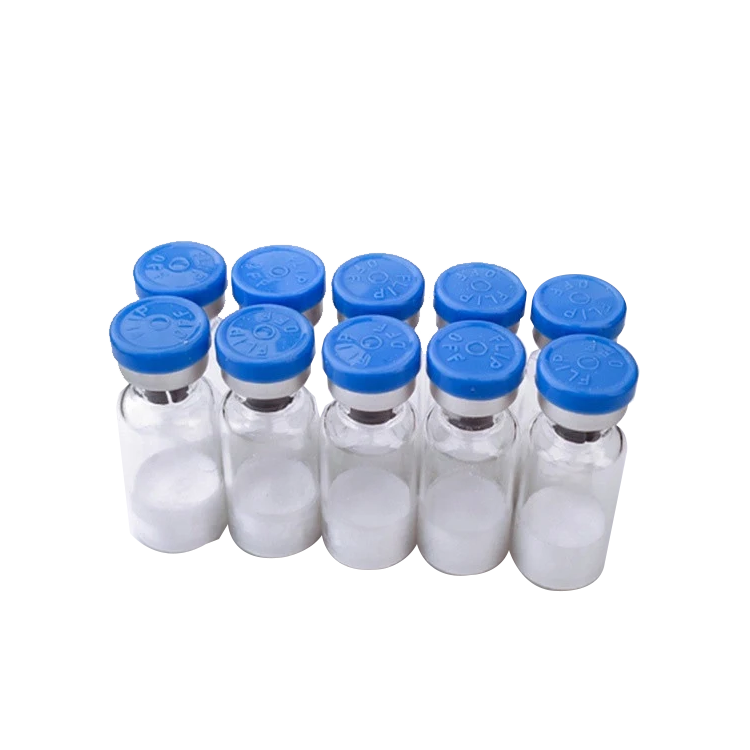The pests and diseases occurring in wheat earing stage in this year's Tinghu District mainly include: scab, milkflies, wheat aphids, powdery mildew, and armyworm. According to a survey conducted in mid-April, the bacterial colonization rate of the rice straw pod shells was 1.4%, and the bacterium source conditions of the pandemic were met. According to the meteorological department's forecast, the rainfall was normal in late April to early May, and there was no resistance to the main cultivars. Sex, the probability of pandemic wheat is high; powdery mildew sees the disease early, the condition rises rapidly, is expected to reach the degree of occurrence above the middle; locust occurrence is widespread, the amount of one hundred strains is 15.8, if the high temperature is little rain in May, There is still a possibility of recurrence; the height of the third instar larvae of armyworm is estimated to be moderate from the end of April to the beginning of the month, and occurs in the coastal areas; the density of ash in the wheat field is generally about 50,000 heads per mu, and the height of the field is 2 More than 10,000 heads, it is expected that the first generation of young nymphs will reach its peak in early May and will occur earlier than the previous year. In response to the re-emergence of pests and diseases in the three wheat headings this year, local governments must strengthen leadership, conduct in-depth propaganda and campaigns, vigorously promote the prevention and control of plant protection, and ensure the prevention and control of plant protection, ensure full prevention and control, and leave no dead ends to fight the three-ear wheat panicles. Prevent overall battle.
First, the prevention and control strategy: Based on the occurrence of heavy diseases and pandemics, adhere to the "proactive, active prevention, disease and disease prevention and control" strategy.
Second, the main target: Indications scab, powdery mildew, armyworm, and aphids, slough and rust.
Third, master the appropriate period, fully use the second-round medicine. To prevent scab and powdery mildew, master the full use of the first medicine when seeing flowers in wheat. To achieve a piece of flower and control one piece, use the second medicine five days after the first application. The third drug should be promptly used for wheat varieties with high fluctuating head blight, late breeding period, or high temperature and high humidity during the initial filling period.
More than 6,000 worms in the barnyardgrass of Erlenmeyer barbundi, more than 20% of panicles in wheat ears, more than 30% in the rate of powdery mildew, and more than 5% of wheat rust in leaves Medication prevention.
IV. Pharmaceuticals and methods of use
To control scab, powdery mildew and rust, the pure product of carbendazim per mu should not be less than 50 grams, and the pure triadimefon should not be less than 8 grams. The pharmaceutical formulation is: (1) 50% polyketone wettable powder 120 grams per mu; (2) 40% polyketone (triadimefon content not less than 5%) wettable powder 150 grams per mu; (2) 25% Cyanogenyl phosphate per acre 120 ml +15% triadimefon WP 60 g per mu.
The control of armyworm and aphid can be used as follows: (1) 22.5% chlorofluoroacetate WP 30 grams per mu; (1) 25% pymetrozine WP 20 grams per mu or 50% WP (water dispersion Granules) 10 grams per acre +2.5% lambda-cyhalothrin EC 30-40 ml.
The control of Laodelphax striatellus can be used as follows: (1) 25% pymetrozine wettable powder 20 grams per mu or 50% wettable powder (water dispersible granules) 10 grams per acre plus 50% 50 mg a rice oil per acre mixed (2) 60% nitenpyrazine wettable powder 10 grams per mu control.
To use a sufficient amount of drugs, water, electric spray mu water consumption of not less than 50 kilograms, motorized mist fog mu water consumption of not less than 20 kilograms.
Five, mixed fertilizer spray, grain weight gain
Foliar fertilizer can be added during the pest control application and mixed fertilizer spraying can be used to prevent the premature aging of the three wheat and increase the seed setting rate and grain weight.
Sixth, matters needing attention: The use of highly toxic and highly toxic pesticides is strictly prohibited. If there is rain after treatment, it is necessary to drill the rain gap and make assault.
Human chorionic gonadotropin is a hormone for the maternal recognition of pregnancy produced by trophoblast cells
Human chorionic gonadotropin (HCG) is a glycoprotein secreted by trophoblast cells of the placenta And β dimer proteins. The molecular weight of glycoprotein hormone 36700, A. Pituitary, FSH, follicle stimulating hormone, LH (luteinizing hormone) and TSH (thyroid stimulating hormone) are basically similar, So they can cross-react with each other, while the structure of β subunit is not similar. In mature women, the fertilized ova move to the uterine cavity for implantation and form embryos. In the process of development and growth into the fetus, the placental syncytiotrophoblast cells produce a large amount of HCG, which can be excreted into urine through the blood circulation of pregnant women. Serum and urine HCG levels rise Rapidly from 1 to 2.5 weeks of gestation, reaching a peak at 8 weeks of gestation and dropping to moderate levels at 4 months of gestation, which remain at the end of gestation. At present, the commonly used detection methods are: latex aggregation inhibition test and hemagglutination inhibition test; Radioimmunoassay (RIA); Enzyme linked immunosorbent assay (ELISA); Monoclonal antibody colloidal gold test
Hcg Powder,Custom Ghrp Peptides,High Purity Hcg Powder,Popular Peptide Bodybuilding Powder
Shaanxi YXchuang Biotechnology Co., Ltd , https://www.peptidenootropics.com